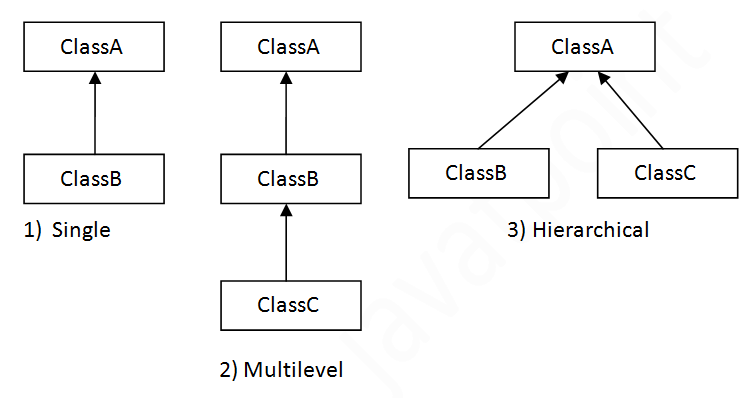This Java Pyramid example shows how to generate pyramid or triangle
like given below using for loop.
12345
1234
123
12
1
Example:-
public class JavaPyramid5 {
public static void main(String[] args) {
for(int i=5; i>0 ;i–){
for(int j=0; j < i; j++){
System.out.print(j+1);
}
System.out.println(“”);
}
}
}
Output:-
12345
1234
123
12
1





















.png)





















